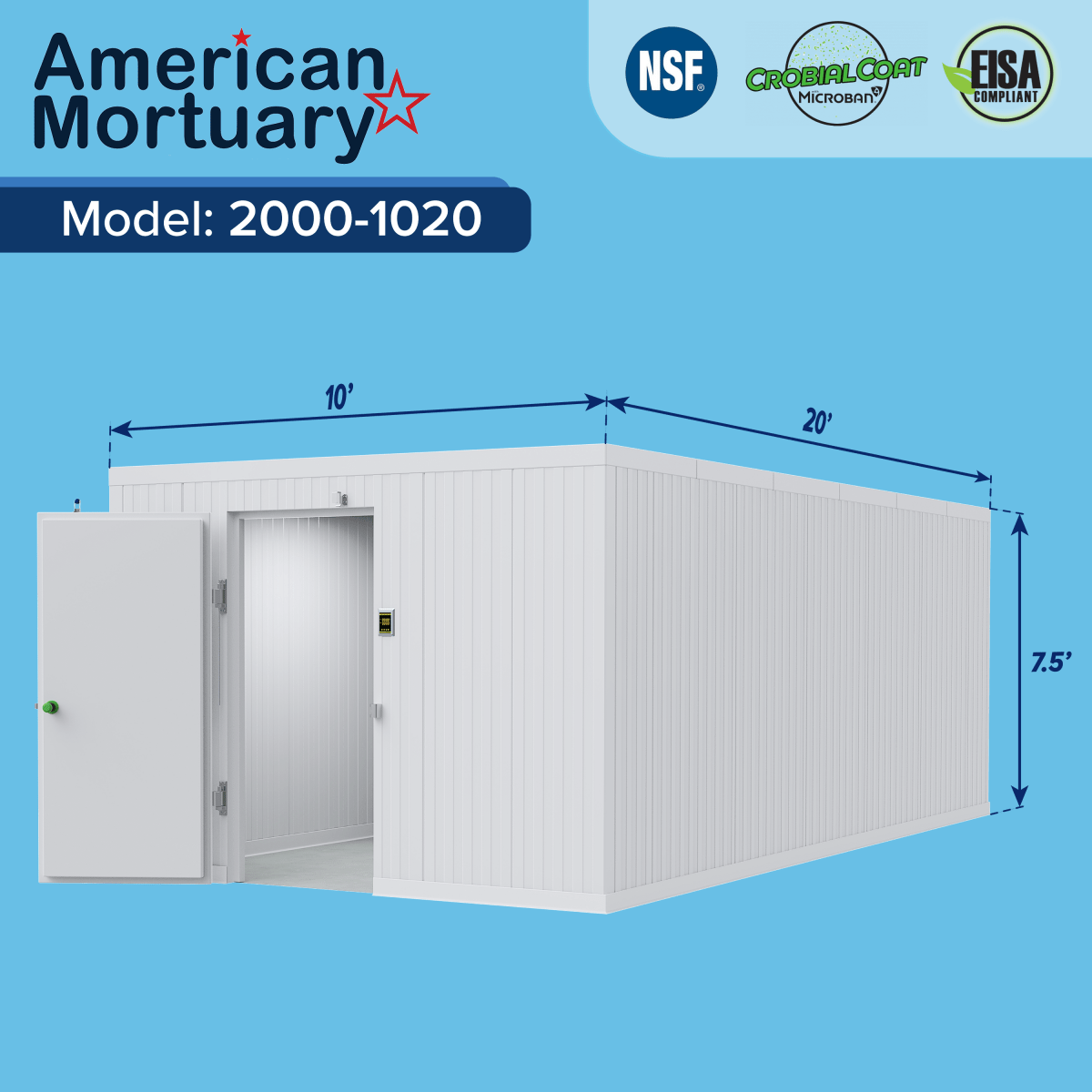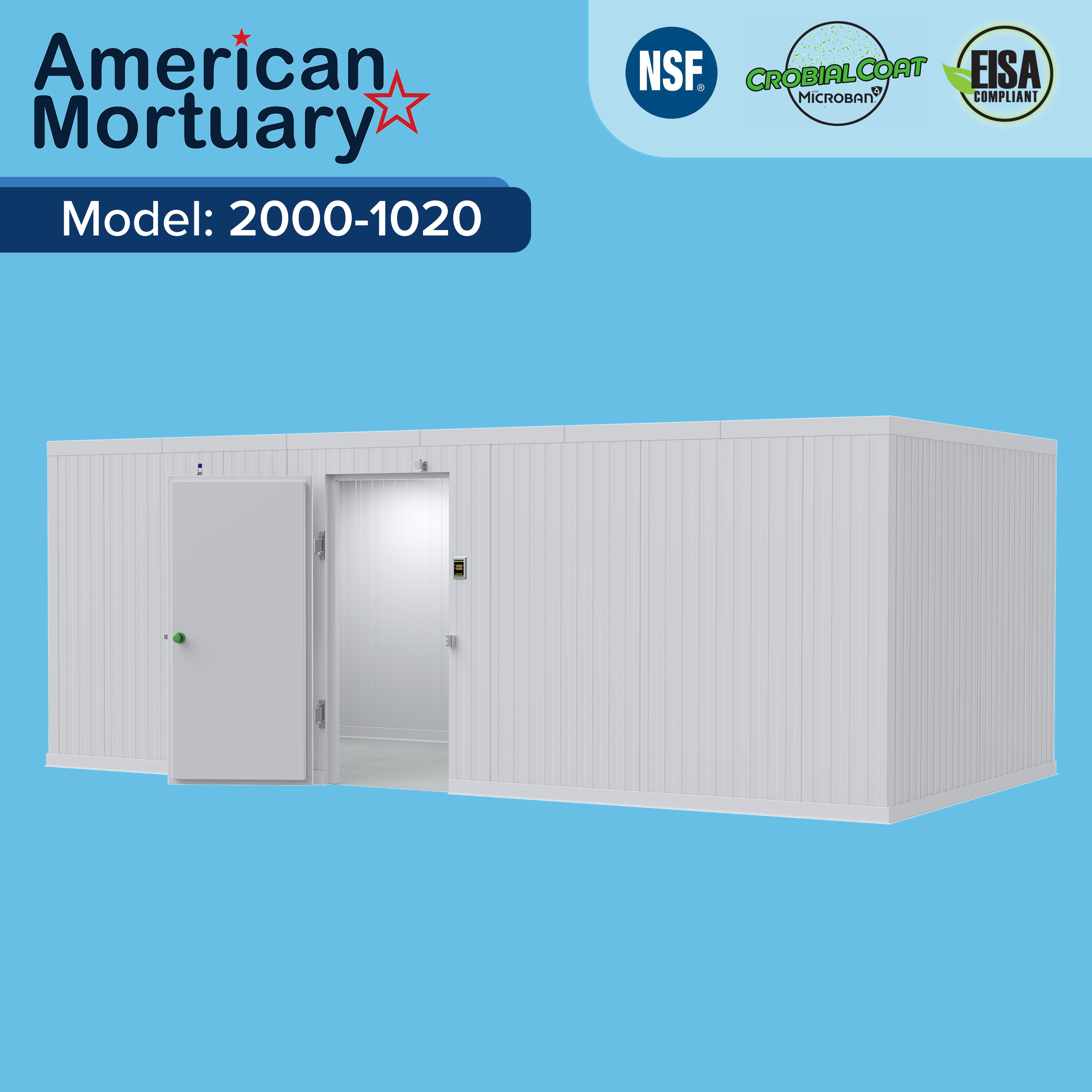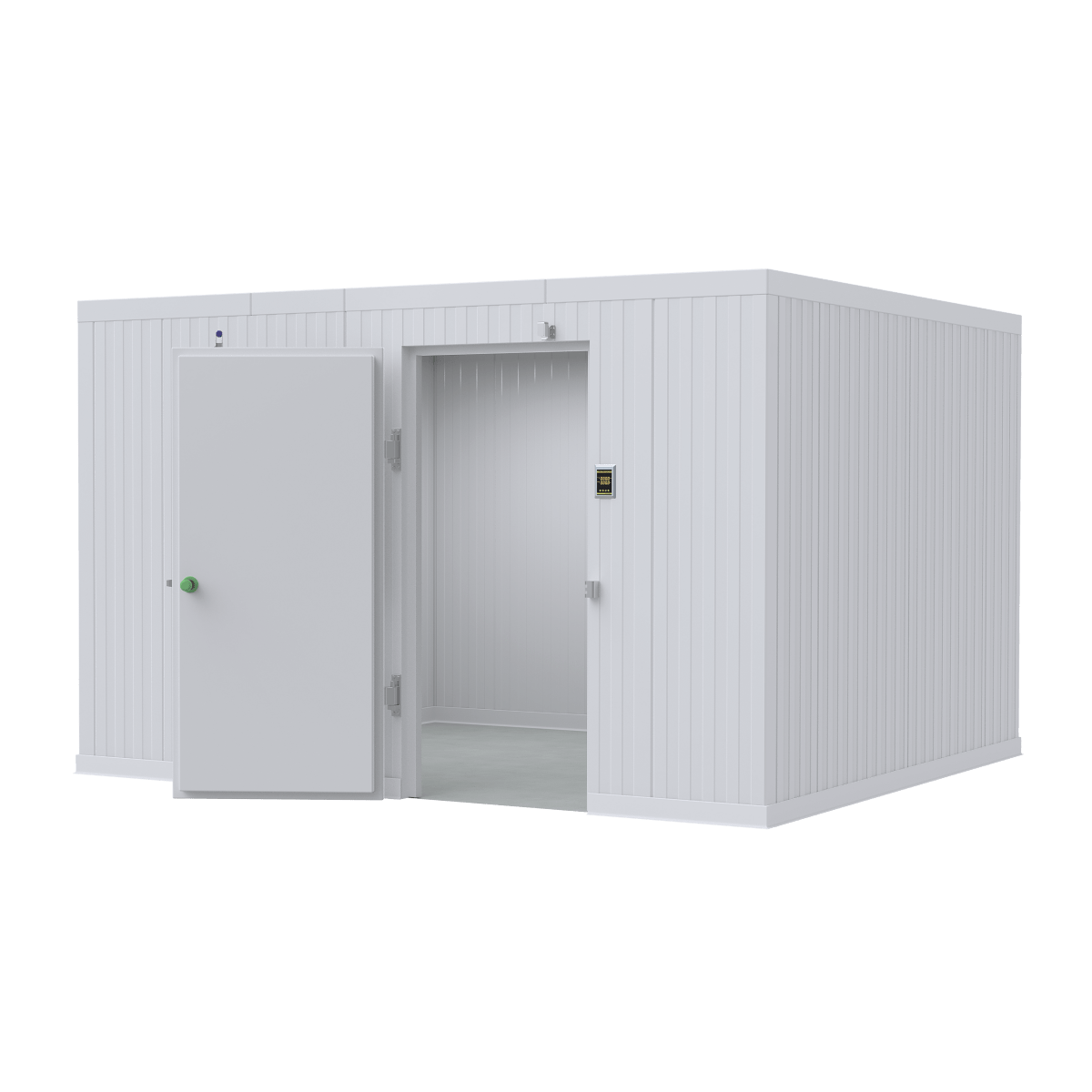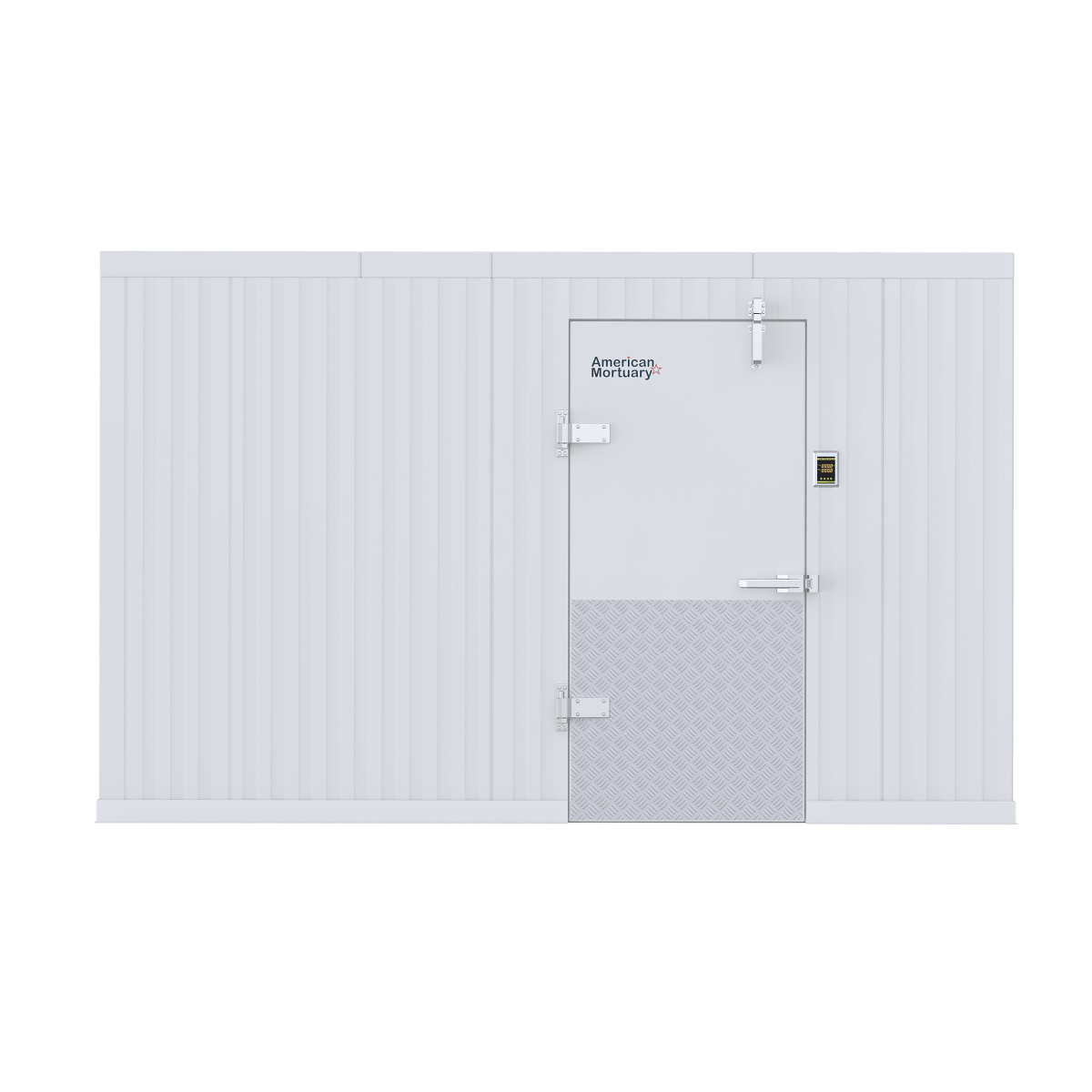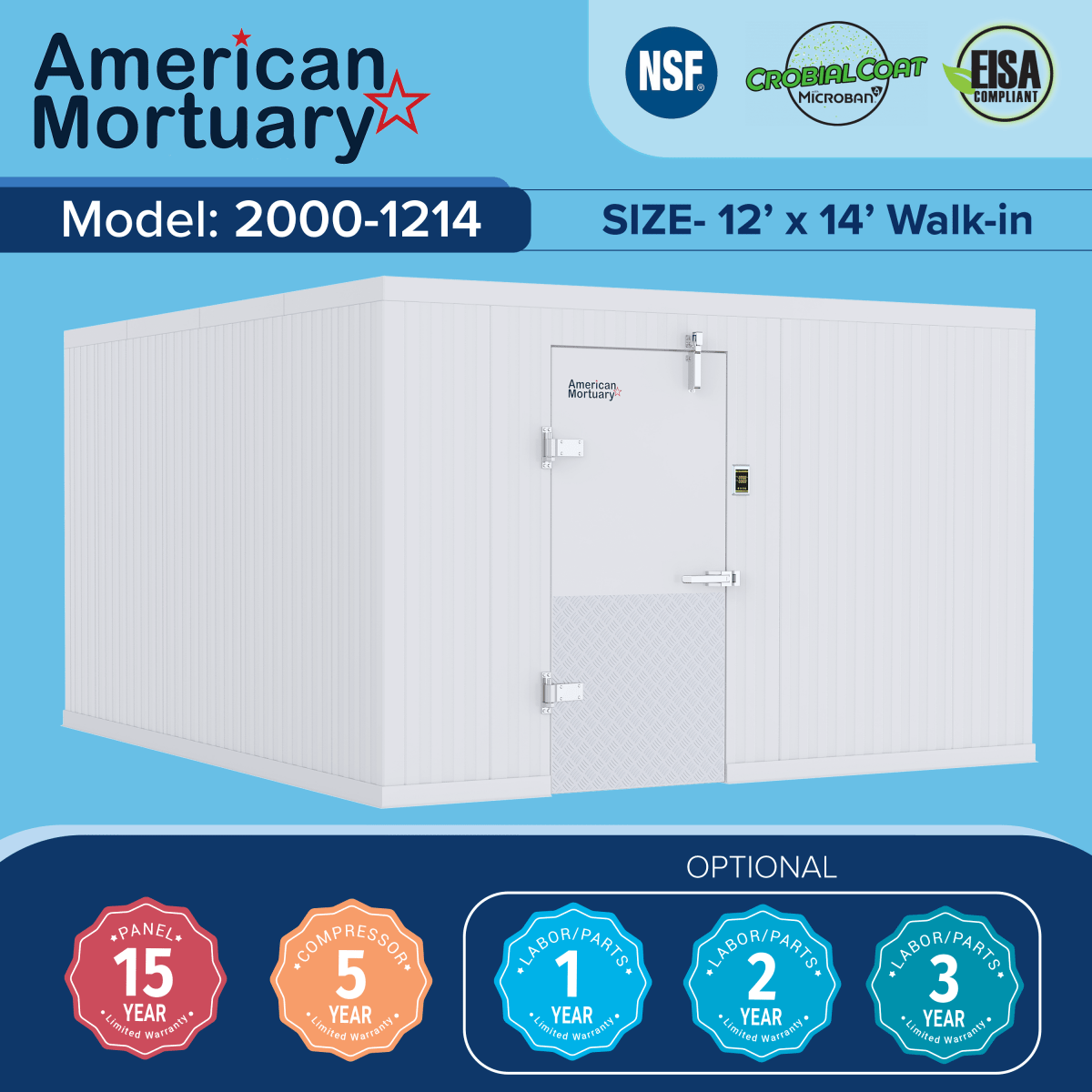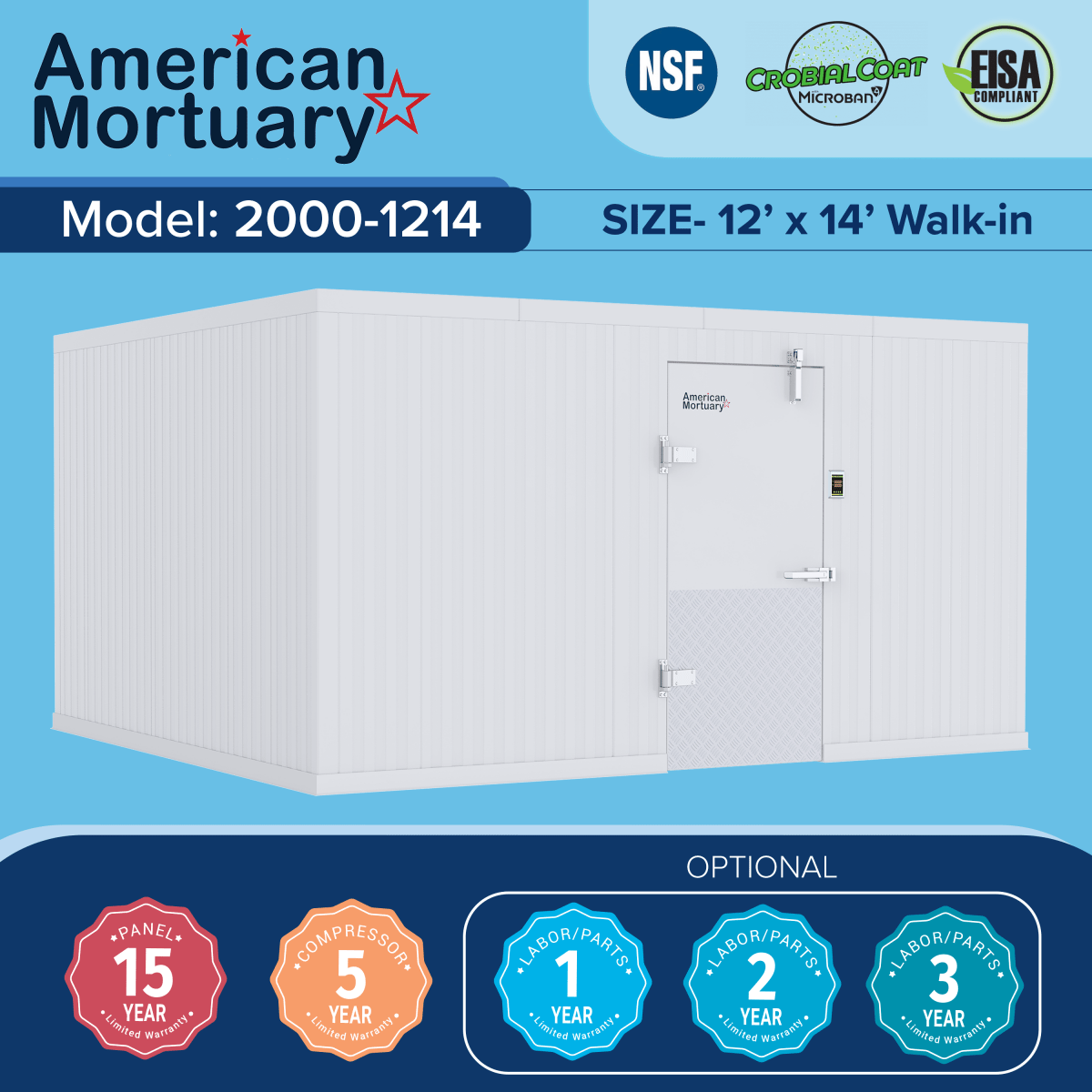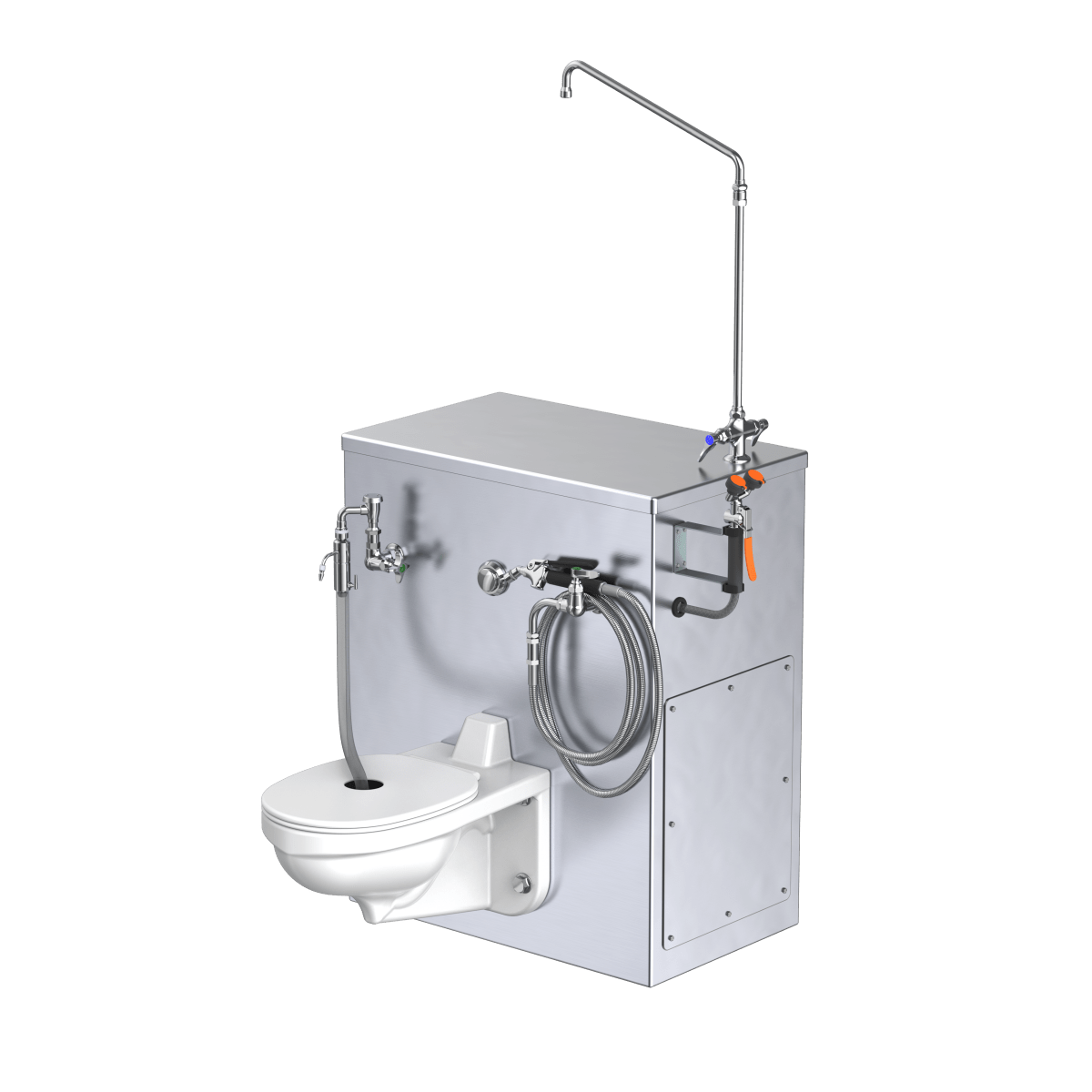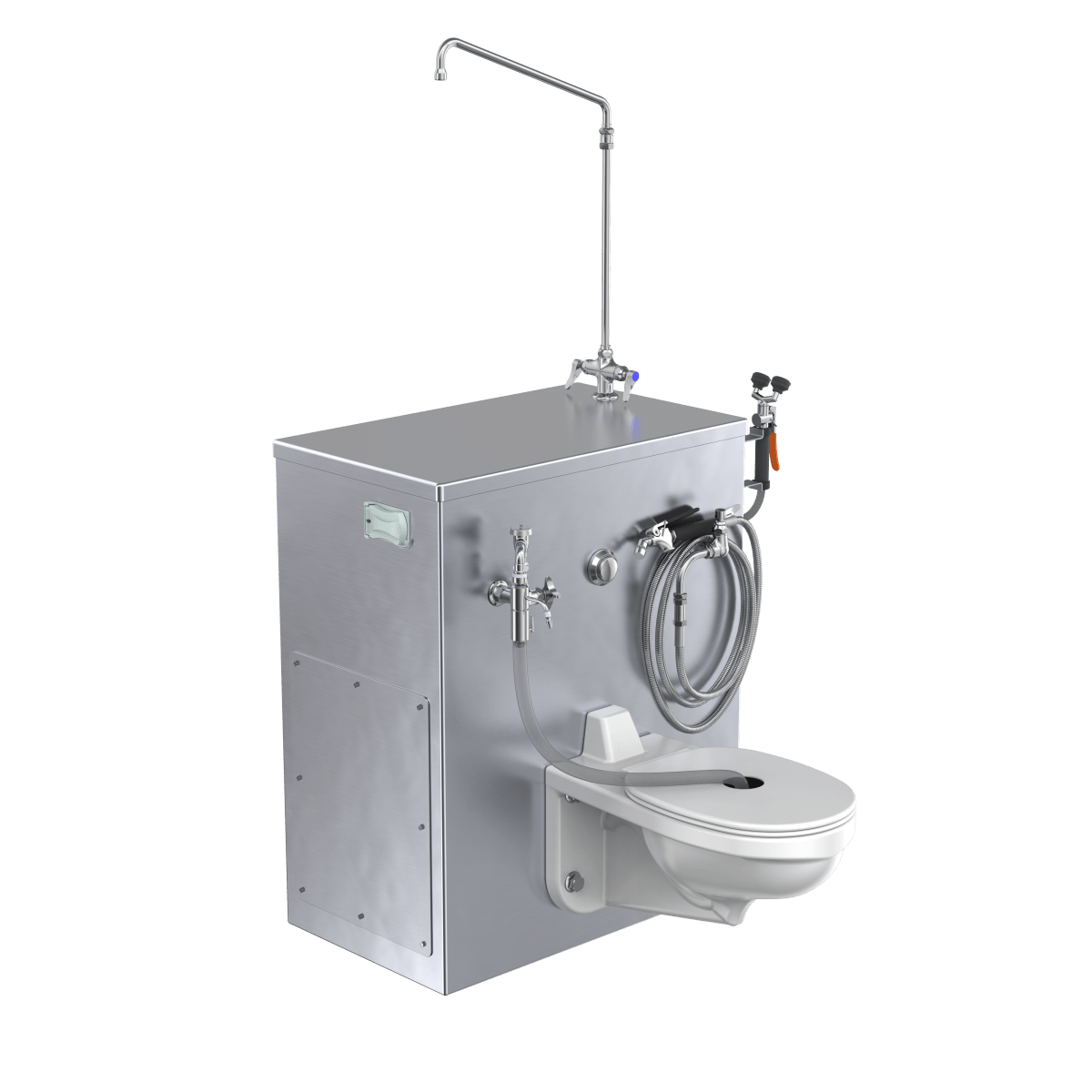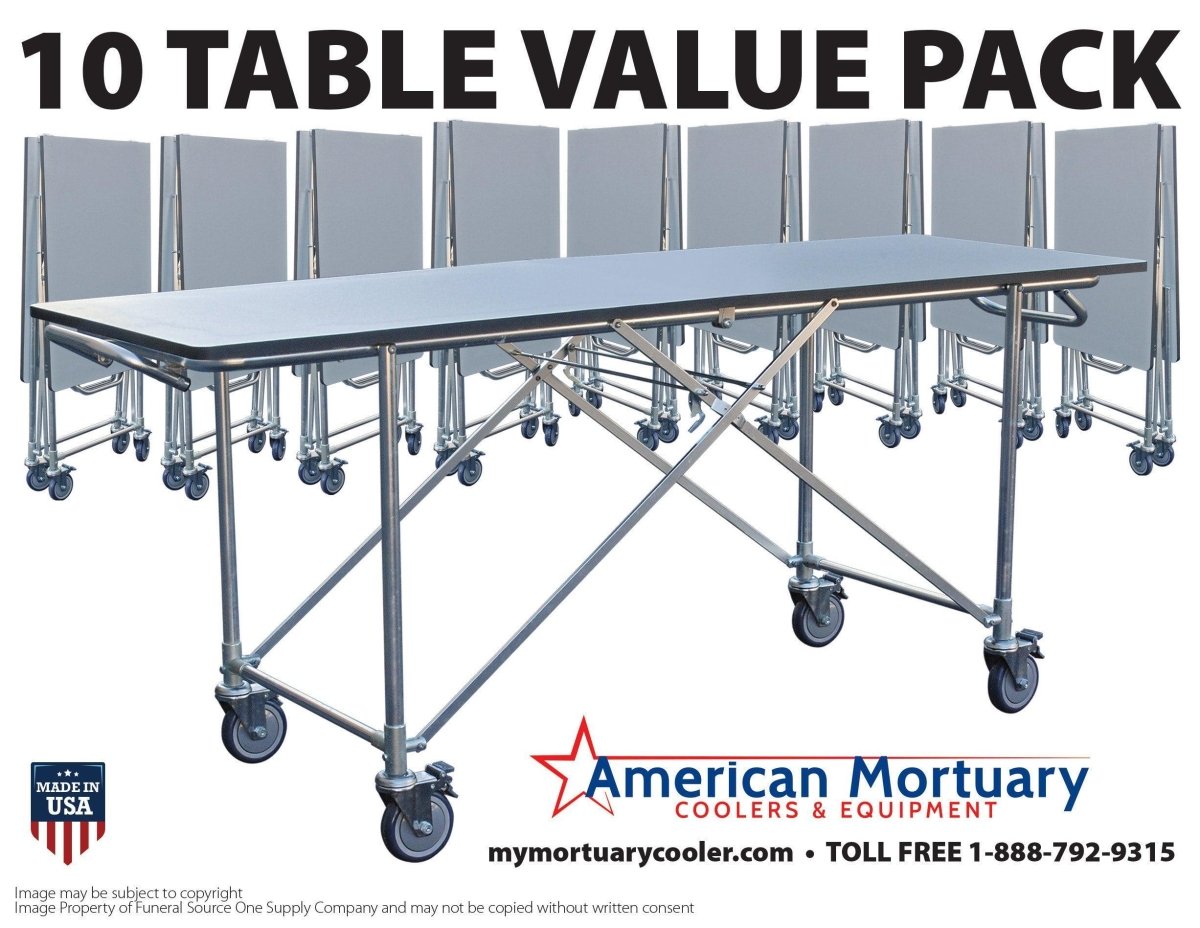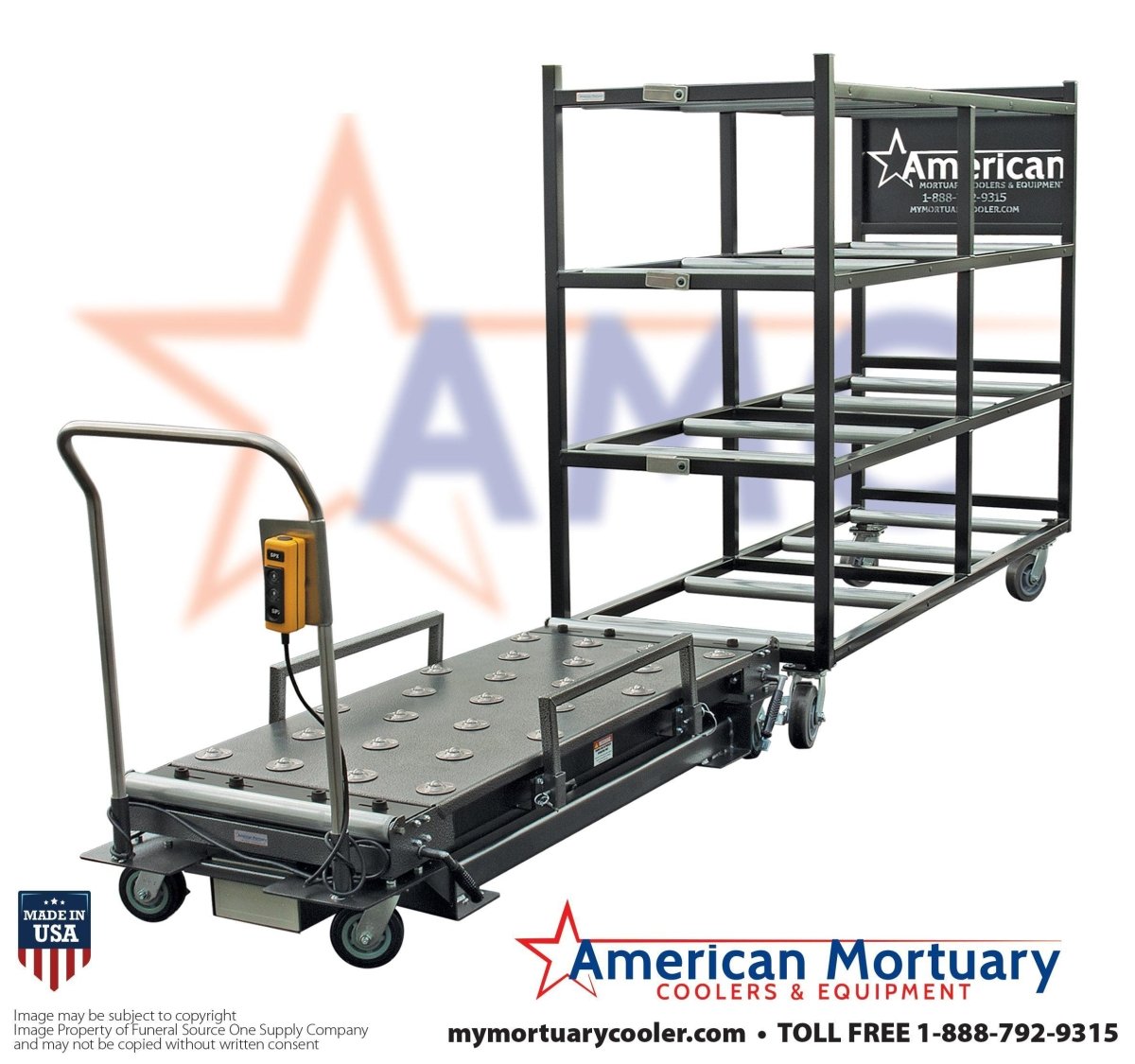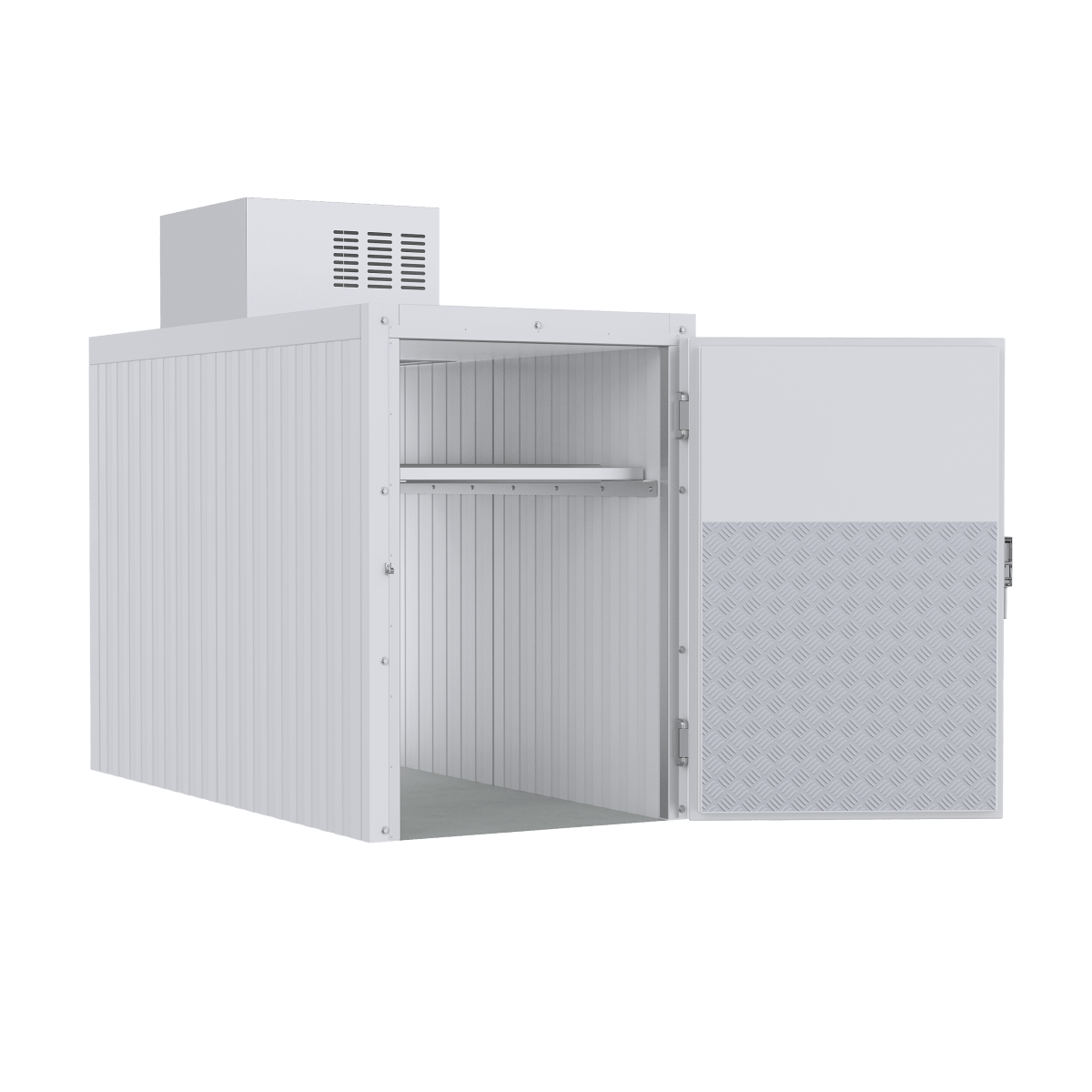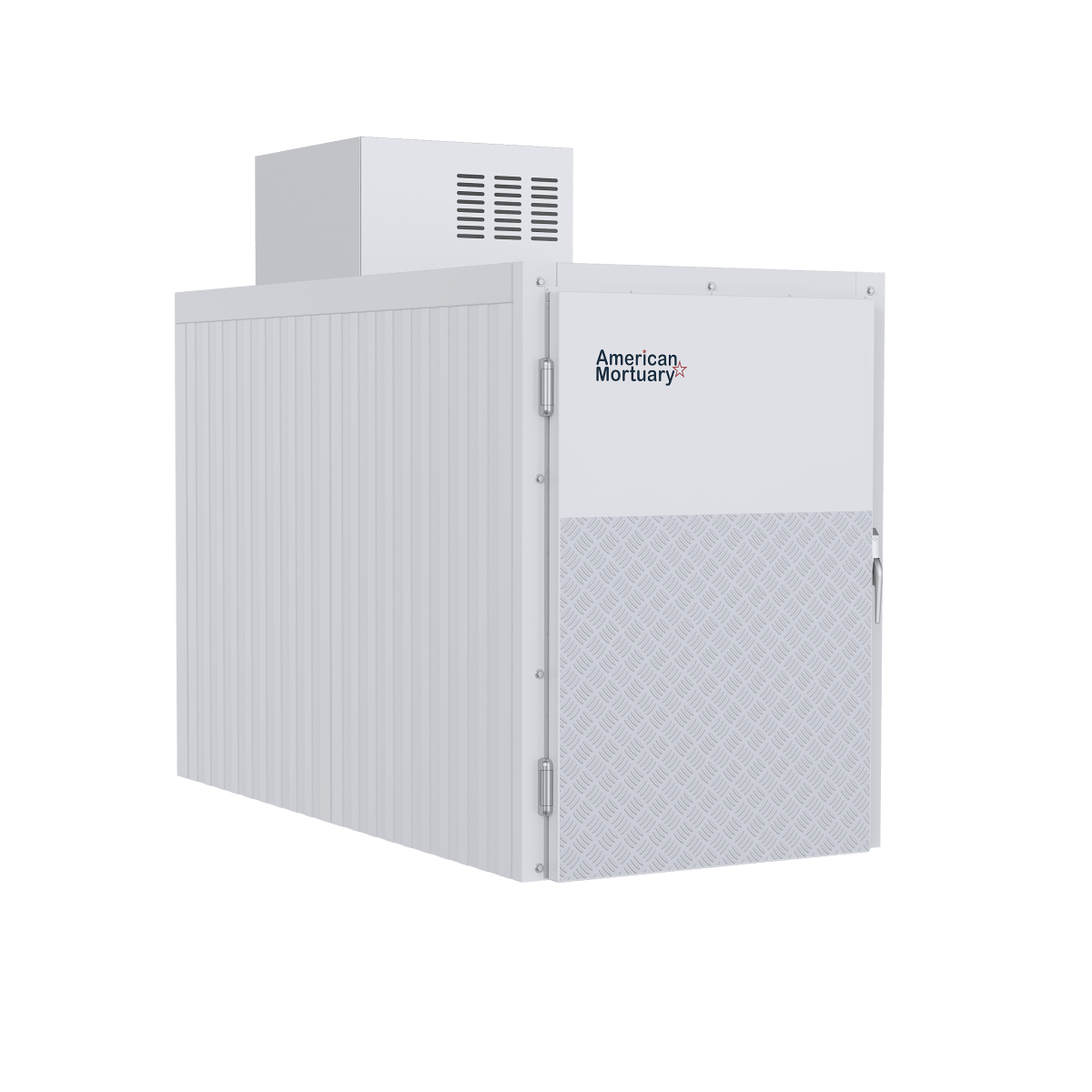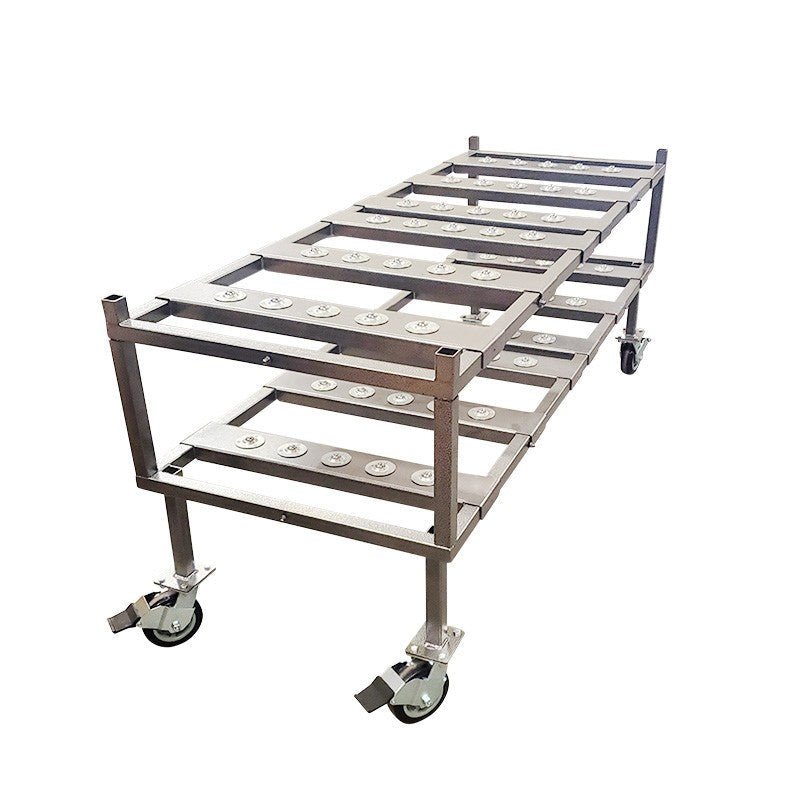Understanding Human Composting Vessels: The Future of Green Disposition
A human composting vessel is a specialized container designed to transform human remains into nutrient-rich soil through natural decomposition. This eco-friendly alternative to traditional burial or cremation typically consists of a steel cylinder approximately 8 feet long and 4 feet tall housed in a hexagonal frame.
Key Facts About Human Composting Vessels:
- Design: Stainless steel cylinder (8' × 4') in a hexagonal frame
- Process Time: 30-45 days in vessel, plus 30 days curing
- Temperature: Maintains 131°F+ for at least 3 days (up to 170°F)
- Materials Used: Wood chips, alfalfa, and straw surround the body
- Output: ~1 cubic yard of soil (500-1000 pounds)
- Environmental Impact: Uses 87% less energy than cremation/burial
- Legality: Currently legal in 12 U.S. states
Human composting vessels work by creating the ideal environment for aerobic microbes to naturally break down organic matter. The process mimics forest-floor decomposition but in a controlled, accelerated setting. During the "laying in" ceremony, the body is placed in the vessel surrounded by a carefully calibrated mixture of wood chips, alfalfa, and straw, which provides the right carbon-to-nitrogen ratio for optimal decomposition.
As microbes work, they generate heat, raising the vessel's internal temperature to over 131°F for at least three consecutive days, which ensures pathogens are eliminated. The vessel is periodically rotated to improve oxygen flow and maintain microbial activity.
"What's so great about the compost is that you can do everything with compost that you can do with ashes plus a whole lot more. It smells good, it feels good…it feels like life," noted one family member who chose this option for their loved one.
I'm Mortuary Cooler, a national supplier of mortuary equipment with extensive knowledge of human composting vessel technology and infrastructure requirements for funeral homes implementing this green disposition option. While companies like Recompose, Return Home, and Earth Funeral have pioneered this service directly to consumers, we support funeral homes with the equipment needed to offer this innovative option.
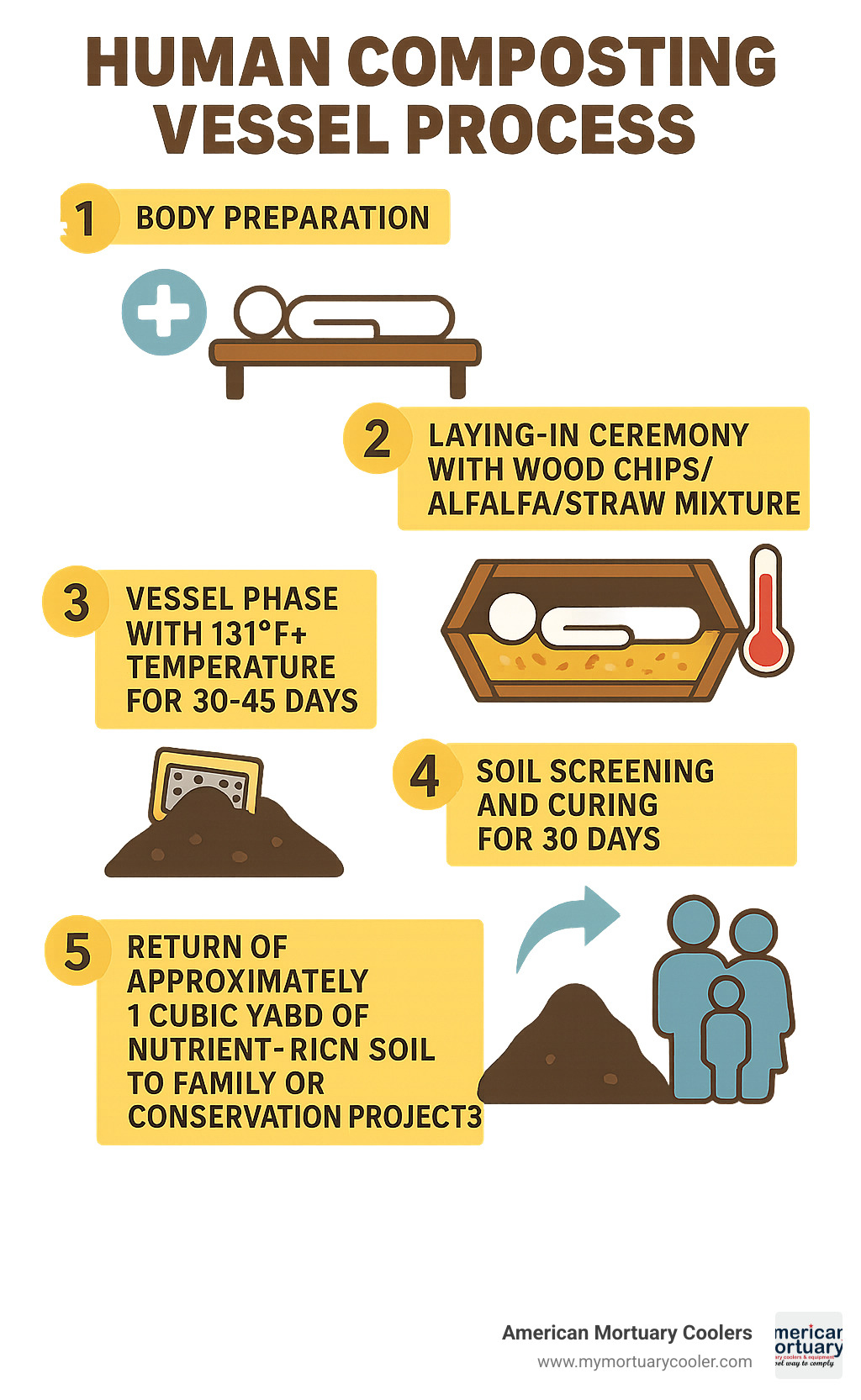
What Is a Human Composting Vessel?
A human composting vessel is the specialized container where natural organic reduction (NOR) takes place—changing human remains into nutrient-rich soil through a natural process. Unlike traditional caskets or cremation chambers, these vessels create the perfect environment for nature to work its magic.
Picture a large stainless steel cylinder, about 8 feet long and 4 feet tall, nestled within a hexagonal frame that provides both support and a dignified appearance. In most facilities, these vessels are arranged in a honeycomb pattern, creating an efficient use of space while maintaining a respectful atmosphere.
"For burials there are plots, and for cremation there's a retort. For human composting there's a vessel," explains Katrina Spade, founder of Recompose, one of the pioneering human composting services.
Each human composting vessel transforms one body into approximately one cubic yard of soil—roughly 500 to 1,000 pounds—enough to fill the bed of a pickup truck. This rich earth can nurture countless plants or contribute to meaningful conservation projects.
For those wanting to learn more about the basic concepts behind this process, we've prepared a beginners guide to human composting.
Human Composting Vessel Design Basics
The human composting vessel combines thoughtful engineering with natural processes. The standard dimensions (8 feet long by 4 feet tall) accommodate most body sizes while providing ample space for the organic materials that support microbial activity.
These vessels are typically crafted from medical-grade stainless steel, chosen for its durability, resistance to corrosion, and ease of sanitization between uses. This material choice reflects the care and respect that goes into every aspect of the process.
A key feature in most vessel designs is the rotation axle system. This ingenious mechanism allows the container to be gently turned periodically, ensuring oxygen reaches throughout the material inside. This simple turning action makes all the difference in maintaining healthy aerobic decomposition.
While companies like Return Home and The Natural Funeral have developed their own proprietary vessel designs, at American Mortuary Coolers, we focus on providing complementary equipment that supports the entire process, from temporary preservation to the final soil preparation.
Human Composting Vessel vs. Traditional Disposition
When compared to conventional burial and cremation, human composting vessels offer remarkable environmental benefits that many families find deeply meaningful.
Traditional burial in the United States consumes approximately 4 million acres of land annually just for caskets. In contrast, human composting requires no permanent land allocation—the resulting soil returns to gardens, forests, or conservation areas.
The carbon footprint difference is equally striking. An average cremation releases about 535 pounds of CO₂—equivalent to driving over 600 miles. Human composting, however, is carbon neutral and actually sequesters carbon in the resulting soil, making it your final gift to a planet facing climate challenges.
Energy efficiency is another compelling advantage, with human composting using 87% less energy than either traditional burial or cremation. This dramatic reduction comes from eliminating energy-intensive processes like manufacturing hardwood caskets, concrete vaults, and burning fossil fuels.
According to a study published in the Journal of Environmental Management, choosing a human composting vessel over traditional methods saves more than a metric ton of carbon per person—a meaningful final contribution to the planet we all share.
How a Human Composting Vessel Works: From Laying-In to Finished Soil
The journey from body to soil within a human composting vessel follows a carefully managed process that balances scientific precision with respectful care. The process begins with what many facilities call the "laying-in" ceremony, a meaningful ritual that marks the transition of the body into the vessel.
During this ceremony, the deceased is placed on a bed of organic material—typically a mixture of wood chips, alfalfa, and straw. This carbon-nitrogen matrix provides the ideal environment for aerobic microbes to begin their work. Additional plant material is then added to fully surround the body, creating what some providers poetically describe as a "plant cocoon."
Once sealed, the vessel creates a controlled environment where naturally occurring microbes begin breaking down organic matter. These microbes generate heat through their metabolic processes, raising the internal temperature to at least 131°F (55°C) for a minimum of three consecutive days, as required by Washington state regulations. Many facilities report temperatures reaching 150-170°F during peak decomposition.
This thermophilic (heat-loving) phase is crucial for two reasons: it accelerates decomposition and eliminates pathogens. The active composting phase typically lasts 5-7 weeks, during which time staff monitor temperature and occasionally rotate the vessel to improve oxygen distribution.
After the active phase, the resulting material is transferred to a curing bin for an additional 3-5 weeks of aeration. During this time, any remaining bones or teeth are ground into a fine powder and reincorporated into the soil to balance nutrients.
Laying-In Ceremony & Family Participation
The laying-in ceremony represents an important moment for families in the human composting process. Many facilities design this experience to be both meaningful and participatory, allowing loved ones to be present physically or virtually.
Bodies are typically wrapped in simple biodegradable shrouds rather than placed in caskets. Families are often invited to personalize this experience by including meaningful objects or decorations, provided they're biodegradable.
For families unable to attend in person, many facilities now offer live-streaming options. This technological adaptation became particularly important during the COVID-19 pandemic but has remained a valuable option for distant relatives or those unable to travel.
Some providers, like Return Home in Washington state, even invite families to participate in washing and preparing the body—a practice that returns to more traditional funeral customs where families were intimately involved in death care.
Active Composting Inside the Human Composting Vessel
Once the laying-in ceremony concludes and the human composting vessel is sealed, the active phase of decomposition begins. This is where science and nature work together in a carefully monitored process.
Temperature sensors embedded within the vessel track the internal conditions, ensuring that microbial activity generates and maintains sufficient heat. The target temperature of at least 131°F must be sustained for a minimum of three consecutive days to ensure pathogen elimination.
Oxygen probes monitor aerobic conditions, as the process relies on oxygen-loving microbes. If oxygen levels decline, many vessel designs allow for rotation or aeration to reintroduce oxygen and reinvigorate microbial activity.
Sophisticated HVAC and filtration systems ensure odor control throughout the facility. Contrary to what many might expect, properly managed human composting facilities report minimal to no odor.
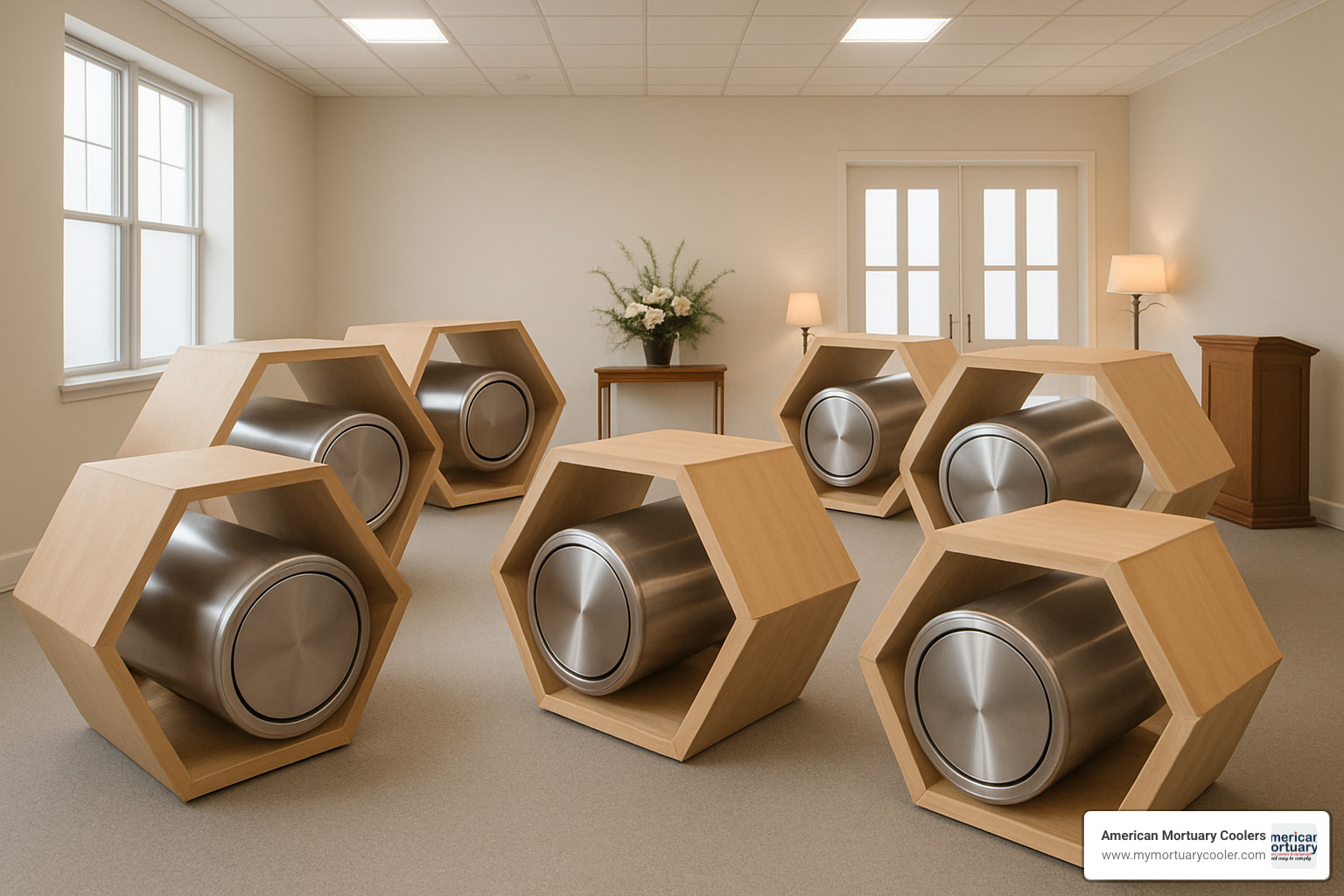
Materials & Engineering of the Vessel
When it comes to creating an effective human composting vessel, the engineering balances practical functionality with respectful design. At American Mortuary Coolers, we've found that these vessels need to work efficiently while maintaining the dignified appearance that families expect during funeral services.
Stainless steel stands as the material of choice for quality vessels, and for good reasons. Its corrosion-resistant properties ensure the vessel withstands repeated use over many years. The non-porous surface allows for thorough sanitization between uses – something that's absolutely essential in this industry. These vessels need to handle significant weight and internal pressures, making durability another key factor.
The walls of a well-designed vessel include insulation to keep heat in and maintain those important internal temperatures. One detail that might seem small but makes a huge difference is the door seal. A properly engineered seal with gasket systems contains odors while allowing the controlled oxygen exchange needed for the process.
Most advanced vessels today incorporate a rotation mechanism that turns the contents periodically without requiring the vessel to be opened. This simple but ingenious feature improves oxygen distribution throughout the composting material, preventing anaerobic pockets that could slow down the natural process.
Thoughtfully placed aeration channels ensure oxygen reaches all parts of the composting material. Some designs use passive aeration systems, while others incorporate active systems that gently force air through the vessel – both approaches have their merits depending on the facility's specific needs.
Companies like Recompose and Earth Funeral have developed their own proprietary vessel designs, while others like The Natural Funeral have adapted existing technologies. At American Mortuary Coolers, we focus on providing complementary equipment that supports the entire process.
| Material | Advantages | Disadvantages | Longevity |
|---|---|---|---|
| Stainless Steel | Durable, sanitizable, heat-retentive, non-porous | Higher initial cost, heavier | 10+ years with proper maintenance |
| Fiberglass | Lightweight, insulative, moderate cost | Less durable, harder to sanitize completely | 5-8 years typically |
| Wood | Natural aesthetic, biodegradable | Poor sanitation properties, limited reuse potential | 2-3 years maximum |
According to a technical report by the University of Washington, the vessel design is critical to maintaining the proper conditions for effective decomposition while ensuring safety and dignity throughout the process.
Environmental Benefits, Legalities & Costs
The environmental benefits of human composting vessels are substantial and quantifiable. Each composting cycle saves approximately 0.84-1.4 metric tons of CO₂ compared to traditional burial or cremation—equivalent to taking a car off the road for three months.
This carbon savings comes from multiple factors:
- Elimination of the 535 pounds of CO₂ typically released during cremation
- Avoidance of casket manufacturing (often using hardwoods from threatened forests)
- No concrete vault or grave liner production
- Reduction of embalming chemicals entering soil and groundwater
- Carbon sequestration in the resulting soil
Beyond carbon, human composting uses 87% less energy than conventional methods. The process relies primarily on naturally generated microbial heat rather than fossil fuels or electricity.
The legal landscape for human composting is evolving rapidly. As of 2023, human composting is legal in 12 U.S. states:
- Washington (first to legalize in 2019)
- Colorado
- Oregon
- Vermont
- California (legal but facilities can't operate until 2027)
- New York
- Nevada
- Arizona
- Maryland
- Delaware
- Minnesota
- Maine
Several additional states have legislation pending. California's AB 351, for example, legalized the practice but established a longer timeline for implementation, with facilities permitted to begin operations in 2027.
Cost-wise, human composting services average around $7,000, positioning them between direct cremation (typically $2,000-$4,000) and traditional burial with funeral services (often $10,000+). This price point makes human composting comparable to the median cost of cremation with memorial services ($6,970 in 2021).
For more information on the environmental impact of different disposition methods, the Green Burial Council provides comprehensive resources comparing various options.
Where Is Human Composting Vessel Use Legal?
The legality of human composting vessels varies significantly by location, with a growing number of states embracing this alternative. Here's the current state-by-state breakdown:
States where human composting is legal and operational:
- Washington (legal since 2019, facilities operating)
- Colorado (legal since 2021, facilities operating)
- Oregon (legal since 2021, facilities operating)
- Vermont (legal since 2022)
- New York (legal since 2022)
- Nevada (legal since 2023)
- Arizona (legal since 2023)
- Maryland (legal since 2023)
- Delaware (legal since 2023)
- Minnesota (legal since 2023)
- Maine (legal since 2023)
States with special circumstances:
- California (legalized in 2022, but facilities cannot operate until 2027 due to regulatory development timeline)
After a state legalizes human composting, there's typically a rule-making period during which regulatory agencies develop specific guidelines for facility operations, safety protocols, and soil testing requirements.
For residents of states where human composting isn't yet legal, cross-state transport is an option. According to Recompose in Seattle, approximately 29% of their clients come from out of state.
Choosing a Human Composting Vessel: Price & Value
When evaluating human composting vessel services, families should consider both price and value. Most providers offer comprehensive packages that include:
- Body transport (within a defined radius)
- The laying-in ceremony
- The complete composting process
- Soil screening and preparation
- Return of a portion or all of the resulting soil
- Death certificates and necessary paperwork
Service packages typically range from $4,950 to $7,000, depending on location and included features. Some providers, like Return Home in Washington, offer free pickup within 75 miles, while others charge additional fees for transport beyond certain boundaries.
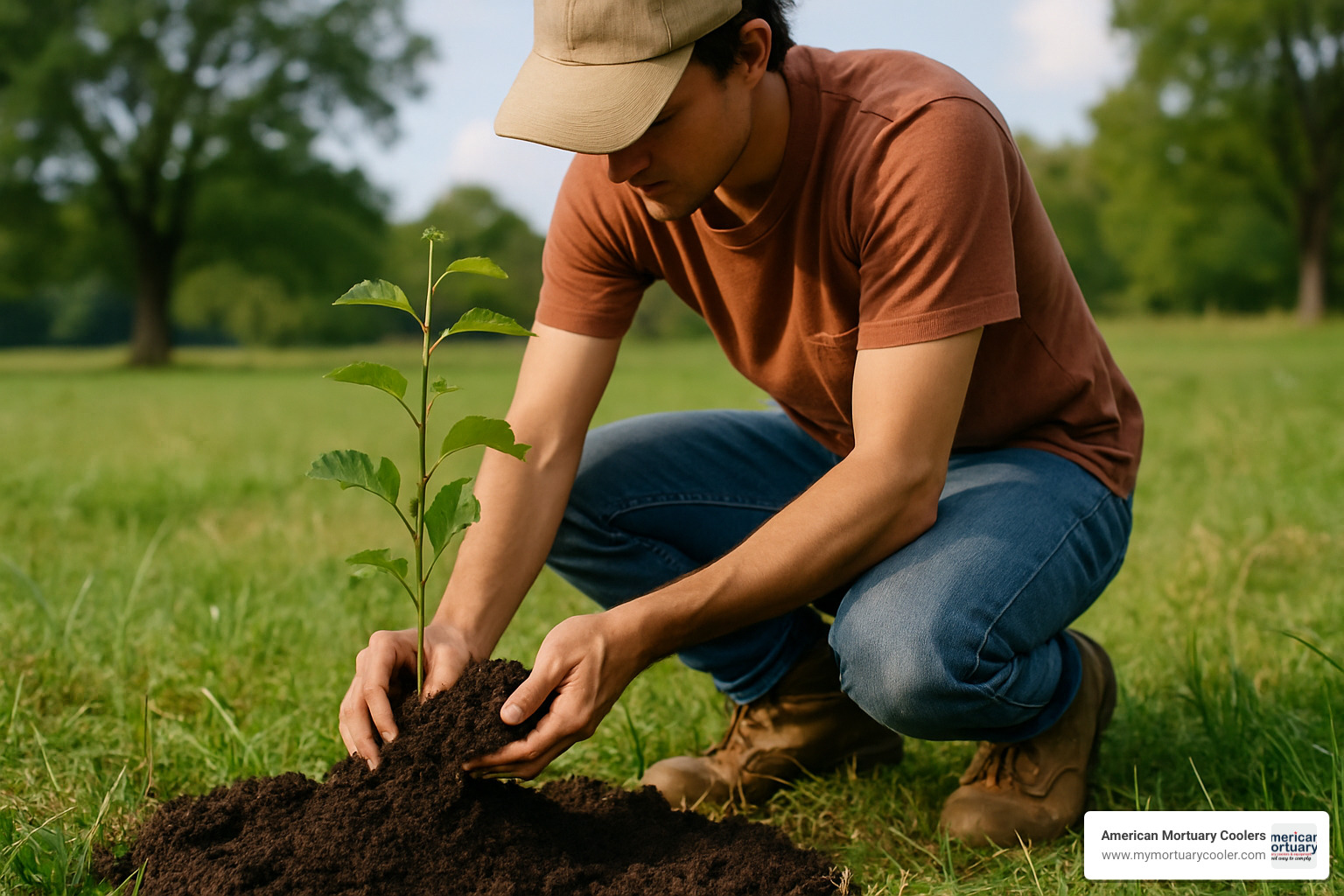
Family Experience & Future Innovations
The family experience with a human composting vessel often surprises people with its warmth and personal nature. Rather than the clinical procedure some might imagine, the process creates space for meaningful connection and healing.
Many facilities have thoughtfully designed their spaces to feel more like peaceful retreats than traditional funeral homes. Recompose in Washington features a welcoming "Gathering Space" where families can hold ceremonies before the laying-in process begins. The environment feels intentionally calming—more spa-like than institutional.
"We wanted to create a space where grief feels welcomed, not rushed," explains one facility director. "A place where families can take the time they need with their loved ones."
During the active composting phase, some providers encourage continued connection. Families can visit the vessel, decorate it with photos or meaningful objects, or even gather nearby for small remembrances. Return Home in Washington has hosted pizza parties in front of vessels during family visitations, creating moments of togetherness during an otherwise difficult time.
The soil return often becomes a powerful ritual in itself. Laura Muckenhoupt, who chose human composting for her 22-year-old son, described the moment of driving home with his soil in the family pickup as the first time she felt hope after his death.
"We're going to grow him," she said simply. "The story is just beginning."
These moments reflect the unique potential for healing that human composting vessels offer. Kimberly Cooley-Reyes, who pre-arranged her own composting while facing terminal cancer, planned for her soil to nourish her San Francisco garden.
Looking toward the future, several exciting innovations are emerging in human composting vessel technology:
- Advanced sensor systems now provide real-time monitoring of temperature, oxygen, and moisture levels
- Modular vessel arrays allow facilities to expand as demand increases
- Energy-efficient rotation and aeration systems continue to improve
As the practice expands to more states through 2027 and beyond, we expect to see continued refinement in vessel designs and processes. While companies like Earth Funeral and Herland Forest continue to innovate with their own approaches, at American Mortuary Coolers, we're committed to supporting funeral homes entering this growing field.
According to the National Funeral Directors Association, interest in green funeral options has grown significantly, with 60.5% of consumers expressing interest in exploring green funeral options, up from just 43% in 2010.
Frequently Asked Questions about Human Composting Vessels
How much soil comes from one body?
When families ask about the outcome of the human composting vessel process, they're often surprised by the generous amount of soil created. Each vessel transforms a single body into approximately one cubic yard of rich, life-giving soil—imagine a space about 3 feet × 3 feet × 3 feet. This yields between 500 and 1,000 pounds of soil, with the final amount varying based on the person's size and the specific composting methods used.
This abundant quantity offers families meaningful choices for their loved one's final contribution to the earth. One cubic yard is enough to fill the bed of a pickup truck, providing sufficient material to nourish several large trees, establish a substantial garden plot, or make a significant contribution to conservation efforts.
"Many families find comfort in dividing the soil," explains our specialist at American Mortuary Coolers. "Some keep a small decorative container for their home—similar to an urn for ashes—while donating the remainder to reforestation projects or community gardens."
What happens to medical implants and pacemakers?
Medical hardware remains largely intact during the gentle composting process, unlike the destruction that occurs during cremation. After the active phase completes, human composting vessel facilities conduct a thorough screening process to separate non-organic materials from the soil.
Metal implants like joint replacements, dental work, and surgical hardware are carefully removed and typically sent to specialized medical metal recycling programs—giving these materials a second purpose rather than being buried indefinitely or incinerated.
Electronic devices such as pacemakers follow a different path than in cremation. While crematoriums must remove pacemakers beforehand due to explosion risks during high-temperature incineration, these devices can safely remain in the body during composting since no extreme heat is involved.
As for any tiny fragments of bone or teeth that don't fully break down, these are respectfully ground into a fine powder and reincorporated into the soil—balancing mineral content and honoring the principle that nothing is wasted.
Is there any health risk or odor during composting?
Families often express initial concerns about potential odors or health risks with human composting vessels, but quickly find their worries unfounded. When properly managed by professionals, the process is remarkably clean, safe, and odor-free.
The natural thermophilic phase is nature's own sterilization method. As beneficial microbes work, they generate temperatures of at least 131°F (55°C)—often climbing to 150-170°F—for a minimum of three consecutive days. This heat effectively eliminates pathogens through the same natural process used in commercial agricultural composting.
According to the Centers for Disease Control and Prevention, properly managed thermophilic composting effectively eliminates pathogens when specific temperature thresholds are maintained—the same principle applies to human composting vessels.
Regulatory compliance adds another layer of safety. States that have legalized human composting have established strict testing requirements for the final soil, including measurements of pH, electrical conductivity, stability, and nutrient content.
The resulting soil is completely safe for standard uses, including growing food plants in most jurisdictions, though some states may have specific regulations about where human-derived compost can be applied.

Conclusion
As we've explored throughout this article, human composting vessels represent a significant innovation in sustainable death care—one that transforms end-of-life decisions into opportunities for ecological renewal. These vessels don't just dispose of remains; they create living memorials that can nourish new growth for generations to come.
The one cubic yard of nutrient-rich soil produced from each vessel becomes a tangible legacy that families can use in deeply meaningful ways. Whether scattered in a favorite forest, used to plant memorial trees, or donated to restore damaged ecosystems, this soil continues a person's story in the most natural way possible.
Human composting offers a regenerative approach that aligns perfectly with growing environmental awareness. By saving approximately one metric ton of carbon per person compared to traditional methods and using 87% less energy, choosing this option allows your final act on Earth to be one of giving rather than taking.
The emotional impact of this choice extends beyond environmental benefits. Many families find profound comfort in knowing their loved one is nurturing new life rather than being sealed away from the natural cycles of our planet.
As this practice gains legal recognition across more states and the technology continues to evolve, we expect human composting vessels to become an increasingly accessible option for families seeking meaningful alternatives that align with their values.
While companies like Recompose, Return Home, and Earth Funeral offer direct-to-consumer services, at American Mortuary Coolers, we're committed to supporting funeral homes with the specialized equipment needed for this green future. Based in Tennessee but serving the contiguous 48 states, our custom mortuary solutions complement the human composting process by providing temporary preservation options and the infrastructure needed for successful facility operations.
For more information about planning for human composting, please see our comprehensive planning guide.


